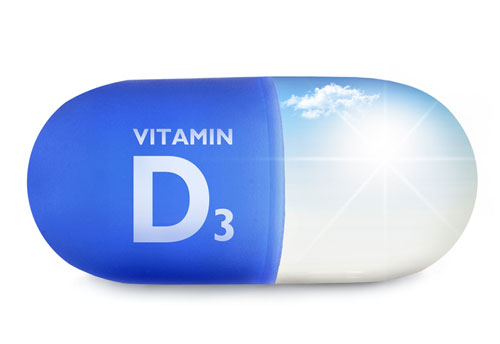We generally think of malnutrition as something that happens somewhere else…mostly in impoverished Third World countries.
Most of us living in developed nations have access to all the food we want (maybe too much of it).
On top of that, much what we eat is fortified with vitamins and minerals. And many of us take a multivitamin or other supplements to make sure our bodies get all the nutrition we need.
That’s why a major new study is so surprising…
It found that a majority of older adults suffer from a form of malnutrition.
The research was published in the journal Nutrients. Scientists looked at the vitamin D levels of 6,004 middle-age and older people. They found that 57% had inadequate vitamin D levels.[1] [2]
To understand why this represents a public health crisis, all you have to do is to know what happens to someone who is vitamin D deficient. It’s probably worse than you think:
- Cancer
- Alzheimer’s
- Heart disease
- Osteoporosis
- Obesity
- Inflammatory bowel disease
- Baldness
- Depression
- Erectile dysfunction
And those are only the most serious and common conditions caused by lack of vitamin D. There are dozens more.
Easy Way to Get Enough Vitamin D
Ask your doctor to check your vitamin D. It’s a simple blood draw that can be done with your other tests.
If your reading is under 20 ng/mL, you need more vitamin D. Ideal levels are 40–60 ng/mL.
To raise your levels, get at least 15 minutes of sun a day between 10 a.m. and 2 p.m. with your arms and legs exposed.
This may be difficult for people who work indoors or who live in cold climates. An alternative is to take a quality vitamin D3 supplement. We recommend 5,000 IUs a day.
And be sure to take the D3 form (cholecalciferol), not D2 (ergocalciferol). A 2017 study found that D3 is more readily absorbed and has greater health benefits.
You can also raise your levels by eating foods high in vitamin D3. The best sources are pasture-raised eggs and wild-caught salmon and other oily fish such as sardines, herring, and mackerel.
Related Articles
If You Take Vitamin D, You Also Need This…
New Study Reveals the Best Kind of Vitamin D
Vitamin D Supercharges Your Workout
Like this Article? Forward this article here or Share on Facebook.
[1]https://www.eurekalert.org/pub_releases/2019-06/tcd-ts061319.php
[2] https://www.mdpi.com/2072-6643/11/6/1253
[3]https://www.mayoclinic.org/healthy-lifestyle/nutrition-and-healthy-eating/news/hlv-20049477
[4] https://www.health.com/mind-body/vitamin-d-health-risks

